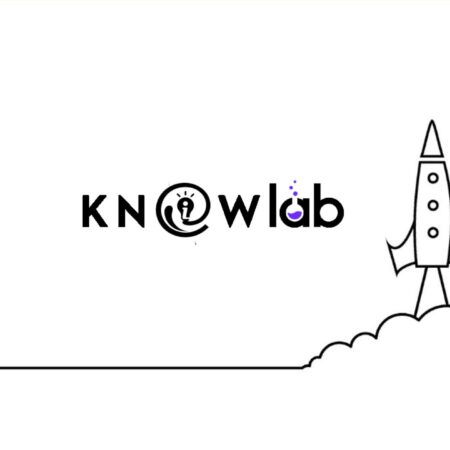 Any business that wishes to promote its products, service, or entire brand requires a working marketing strategy. With good marketing, you can learn more about your target customers, make more sales, and enhance your brand reputation. But just like other aspects of a business, marketing can face various types of risks that could lead to potential losses or failures for your brand.
Any business that wishes to promote its products, service, or entire brand requires a working marketing strategy. With good marketing, you can learn more about your target customers, make more sales, and enhance your brand reputation. But just like other aspects of a business, marketing can face various types of risks that could lead to potential losses or failures for your brand.
One popular risk in the marketing environment is a brand risk, which happens when you overestimate your brand’s strength. Changing trends could also pose risks to the bottom line of your business, which means up-to-date marketing strategies are needed. Besides that, target market miscalculation and misleading and false messages can harm your marketing campaigns. With that in mind, creating a risk management plan is crucial. Below are some practices you can incorporate into your risk management strategy.
Evaluate your marketing risks
Assuming you’ve already figured out your marketing risks, your next move should be performing a proper evaluation. This will basically help you distinguish which ones are more or less dangerous.
When evaluating your risks, consider the possible extent of their impact on your brand. You can create a chart to easily map out every risk and rate their likelihood of occurrence and potential impact. This makes it easier for you to put the entire risk evaluation process in detail and have a clearer idea of what risks will be most disruptive to your brand.
Work with qualified experts
Creating marketing campaigns come with plenty of aspects and processes. One major part of a modern marketing strategy is SEO, which is crucial for reaching target customers, producing and sharing brand content, and establishing online authority.
While this digital marketing technique comes with tons of benefits, so do risks. Changes in search engines can happen every time, the results aren’t guaranteed, and you could lose money.
If you want to increase the chances of better results for your marketing campaigns without losing money, it’s best to work with an experienced SEM agency. These marketing professionals cannot only help you set up your campaigns but also guide you in progress monitoring and metrics reporting. On top of that, letting the experts handle your campaigns can reduce potential risks.
Equip your marketing team
Training your marketing team is an important investment in minimizing risks in your business. Not only that, but these people are also crucial for producing the desired results for your marketing campaigns. If you have the budget, you can invest in conference travel. These can be expensive, but most of these conferences cover everything your team should know about risk management.
Plus, you and your employees get to visit other places and meet potential partners. Alternatively, there are mentorship and coaching programs, which are more affordable than conference travel. Or you can look for training courses about marketing and business risks and management strategies.
Develop a contingency plan
The last thing you want to happen is to be underprepared when those marketing risks happen. This is where a contingency plan becomes useful. These plans are prepared for high impact and high priority risks that have no obvious solutions when they occur. You can start a contingency plan by creating a proper workflow.
For instance, the first step is to look for and gather the resources needed for the emergency. This may include tasks such as diverting budget or reassigning responsibilities to people. You’d also have to know which individuals must be notified when problems arise. Then, you can start creating a plan of action. Make a checklist of flexible alternatives, as well as the risk triggers.
Monitor for effectiveness
Any type of risk management plan requires continuous monitoring. You can’t simply implement a plan and leave it out. Remember that the industries change and businesses grow, which means the risks do too. If your brand isn’t developing in any way, your potential risks could still be influenced by outside factors.
Given all that, it’s essential that you periodically check whether your risk management plan is working. Focus on how your marketing risks evolved and how effective your strategies are. Monitoring your plan is also a great way to figure out the new risks impacting your future marketing plans. These may include risks in demand, operations, price, or reputation.
From identifying and analysing to monitoring risks in your marketing efforts, you must involve everyone in your team. All these precautionary measures will become less effective if your team can practice them. Challenges in the modern marketing landscape may be inevitable, but you can do something to minimize your brand’s possible losses. Use this guide to craft a better risk management plan for your business.





